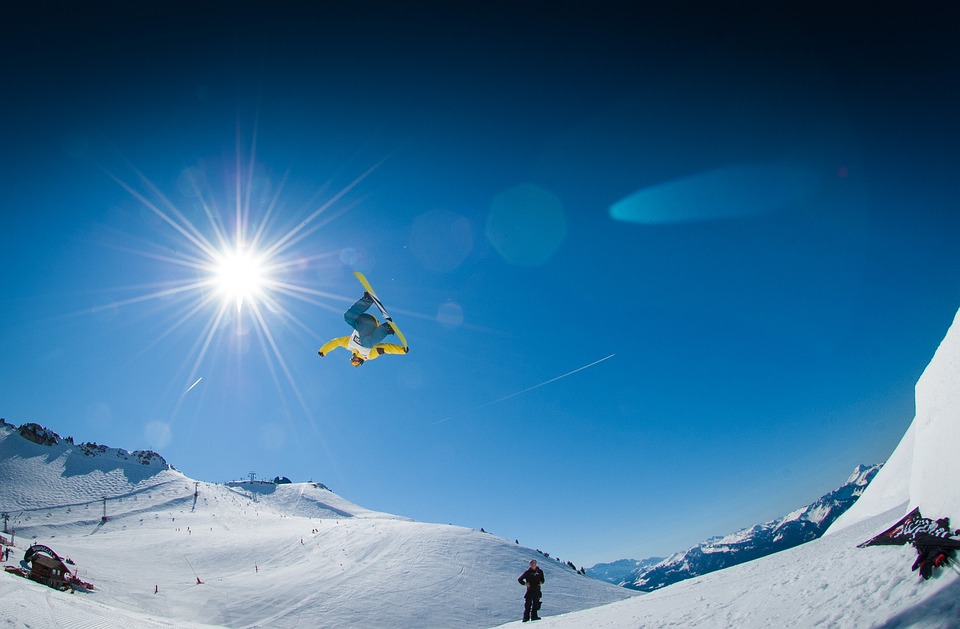Snowboarding, a sport that has become synonymous with winter fun and adrenaline, has undergone a remarkable evolution since its inception in the late 20th century. From its humble beginnings to becoming a mainstream activity embraced by millions, snowboarding’s journey is a fascinating tale of innovation, cultural shifts, and community building.
The Birth of Snowboarding
The roots of snowboarding can be traced back to the 1960s and 1970s when innovators like Sherman Poppen, who created the “snurfer” (a cross between a surfboard and a sled), began experimenting with riding down snow-covered hills. Poppen’s invention inspired others, leading to the development of various designs and prototypes that would soon evolve into the modern snowboard. Throughout the 1970s, pioneers like Jake Burton Carpenter and Tom Sims played a crucial role in shaping the sport, introducing bindings and other innovations that made the experience more controllable and enjoyable.
The 1980s: The Rise of Snowboarding Culture
By the 1980s, snowboarding was beginning to carve its niche in the winter sports landscape. This decade saw the establishment of the first snowboarding competitions and the formation of dedicated brands. The aesthetic of the sport began to take shape, heavily influenced by skateboarding and surfing culture. The snowboarding community thrived, with fashion and music becoming integral parts of the experience. Movies like “The Blizzard of Aahhhs” showcased the sport’s ethos, drawing more enthusiasts to the slopes, and creating a lifestyle brand around snowboarding.
The 1990s: Mainstream Acceptance
The 1990s marked a significant turning point for snowboarding. After years of being viewed with skepticism by traditional skiing establishments, ski resorts began to embrace snowboarders. This decade saw a dramatic increase in participation rates, supported by the inclusion of snowboarding in the 1998 Winter Olympics in Nagano, Japan. The sport gained international recognition and solidified its place in the world of competitive winter sports.
During this time, technological advancements also played a crucial role. The introduction of shaped snowboards made riding easier and more accessible for beginners, while advances in materials led to lighter and more durable boards. Snowboarding gear, including high-performance boots and bindings, saw significant innovations as well, contributing to a more enjoyable riding experience.
The 2000s: Growth and Diversification
As the new millennium progressed, snowboarding continued to grow exponentially, leading to a diverse range of styles and disciplines. Freestyle snowboarding gained popularity, propelled by events like the X Games and the emergence of terrain parks featuring jumps, halfpipes, and rails. Riders like Shaun White became household names, inspiring a new generation of snowboarders.
Snowboard design also evolved. From twin-tip boards for freestyle riding to powder boards meant for backcountry adventures, the variety of equipment expanded significantly. The sport diversified even further, with subcultures emerging around various styles—ranging from freestyle and all-mountain to freeride and backcountry riding.
The 2010s: Sustainability and Community Focus
In the last decade, snowboarding has witnessed a renewed focus on sustainability and environmental responsibility. As climate change impacts winter sports, the snowboarding community has rallied around sustainability initiatives. Brands are increasingly committing to eco-friendly production methods and materials, while many resorts have begun implementing green practices to minimize their ecological footprints.
The sense of community surrounding snowboarding has also intensified. Events such as snowboard festivals and grassroots competitions foster camaraderie among enthusiasts, while social media has allowed riders to connect globally, sharing experiences and tips. The rise of influencer culture has further amplified a sense of belonging within the snowboarding community.
The Future of Snowboarding
Looking forward, the future of snowboarding is bright. Advances in technology continue to enhance the riding experience, from smart sensors embedded in gear to virtual reality experiences for training. The sport remains committed to inclusivity, with organizations working to break down barriers for underrepresented groups.
As climate challenges loom, snowboarding’s community-focused approach will likely play a pivotal role in shaping its trajectory. The sport’s dedication to innovation and sustainability will remain vital in ensuring that snowboarding not only thrives but also preserves the natural landscapes that make it possible.
Conclusion
The evolution of snowboarding is a testament to the human spirit’s creativity and resilience. From its origins as a fringy pastime to its current status as a globally recognized sport, snowboarding embodies a unique blend of thrill, culture, and community. As the sport continues to grow and change, it remains rooted in the passion of those who ride, ensuring that the slopes will always be alive with adventure.

